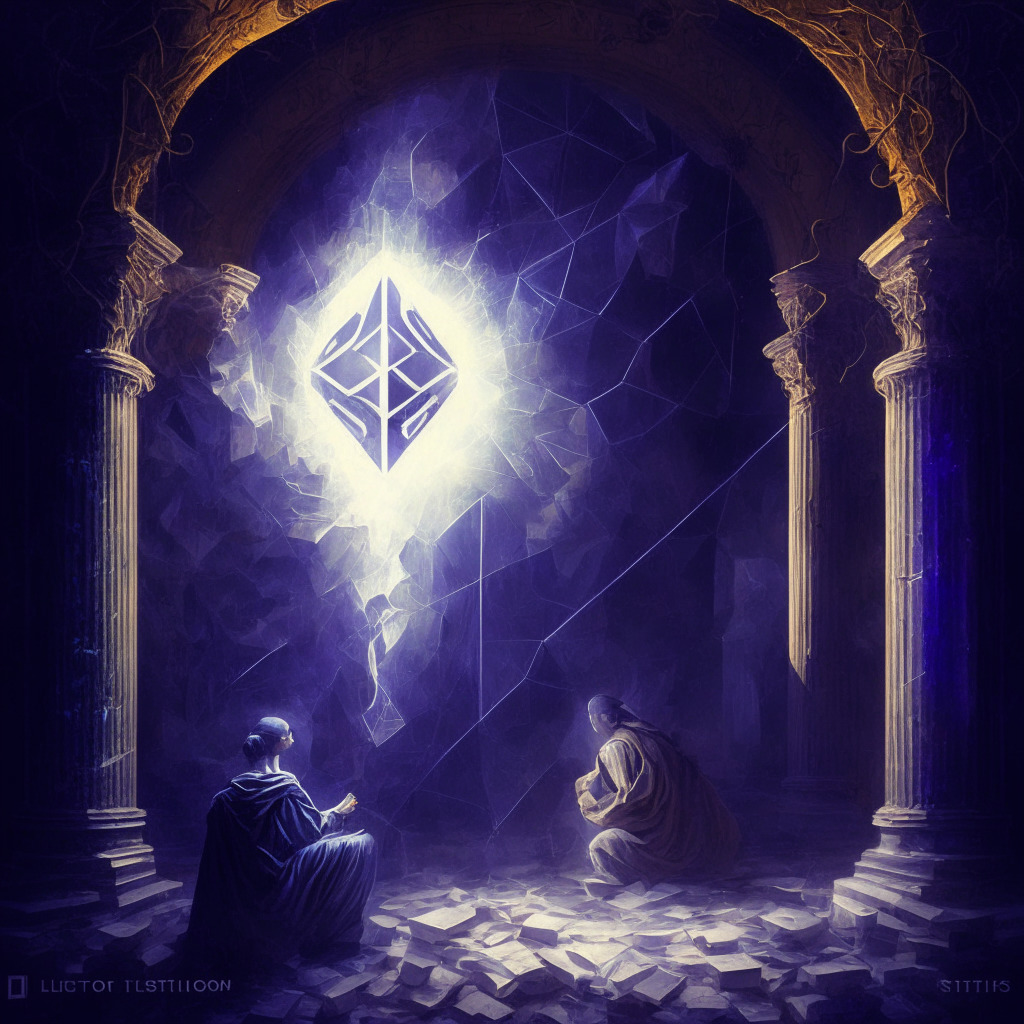The Ethereum network, known for being the world’s second-largest blockchain by cryptocurrency market cap, recently experienced two instances of technical issues. The first occurred on Thursday, with blocks being proposed but left unvalidated for 25 minutes. The second happened on Friday, when the network lost finality for approximately an hour, causing confusion and debate among users and developers.
Finality, which typically takes around 15 minutes, refers to the guarantee that a block cannot be altered or removed from the blockchain without burning at least 33% of the total staked ETH. Despite the unknown cause behind these recurring issues, various reactions from the crypto community have emerged on social media, trying to understand what went wrong.
Prominent venture capitalist and Ethereum supporter Adam Cochran expressed grave concern about the situation, tweeting that “ETH beacon chain finality has now failed for over an hour, we’re at inactivity leak time, and there is no denying this is now a liveness fault.” Cochran also expressed hope that the problem will be resolved with a single client addressing the implementation issue, but maintained skepticism about the larger protocol.
On the other hand, Eric Conner, an Ethereum core developer, remained more optimistic in his approach. According to Conner, the network did not experience a complete downtime; the issue was merely a bug affecting some clients, which has since been rectified.
Regardless of their origin or duration, these finality issues have raised eyebrows within the Ethereum community. Although transactions may appear to process, their lack of finalization can lead to potential reordering or ignoring of the transactions altogether.
Pseudonymous Ethereum builder Superphiz also shared reassurance via Twitter. After confirming that the second wave had ended, he warned users to prepare for a third but advised them not to worry excessively. “As bad as this looks, the chain keeps going and will eventually finalize,” he said.
At the time of writing, the Ethereum network has returned to full capacity, with blocks being finalized as expected. Nonetheless, both users and developers continue to remain vigilant for any future disruptions. With contrasting perspectives on the issue’s severity and causes, the current situation reinforces the importance of understanding the underlying technology and safety measures within the world of blockchain and cryptocurrency.
Source: Decrypt




